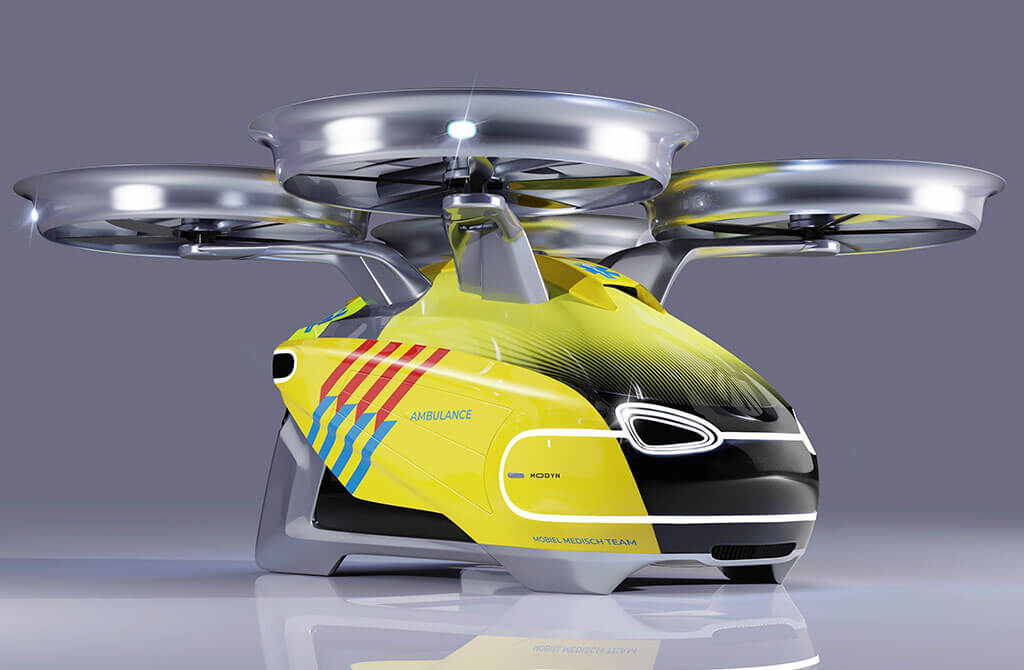Earth Day: Green & Sustainable Materials Our Designers Love
This weekend the world will come together to celebrate Earth Day. In the past, we’ve talked a lot about the role design plays in sustainability and the health of our planet — whether it was highlighting products that allow parents to leave the car at home, new materials in bicycle design or designing the next generation of green buses.
As designers, we’re lucky to work when sustainability is becoming a priority for brands. Innovative materials and processes are being explored and developed. This Earth Day, we sat down with our CMF Designer Viktorija Šarlāne and Creative Engineer Hans Gutter to discover their favorite green materials. However, both cautioned that these materials are only part of the bigger picture of sustainability in design.
The Bigger Picture of sustainability in design
“There are many clever, green materials out there today,” Viktorija explained. “But when considering the sustainability of a product, you have to think about the entire product lifecycle, from design and production to packaging, use, and disposal.”
Assessing Impact
“And especially when looking at these renewable or recyclable materials, we as designers have to assess how they impact that,” Hans explained. “For example, aluminum is recyclable and can be a sustainable choice. But since harvesting raw aluminum requires so much energy, you should use it for a product that will last decades.”
Circular Design and Durability
Both Viktorija and Hans agree on circular design, emphasizing durability and repairability. “Designers need to think about whether the product or material can be repaired or reused, whether it’s soft or hard goods,” Viktorija said. “That also means prioritizing timeless design over seasonal trends. That’s a great way to promote a longer lifecycle and sustainability.”
Favorite Green Materials
With all that said, Hans and Viktorija do have a handful of favorite smart, green materials being used in design right now. These materials represent the innovative approaches being taken to promote sustainability in design.
By focusing on sustainability in design, we can create products that are not only innovative but also environmentally responsible.
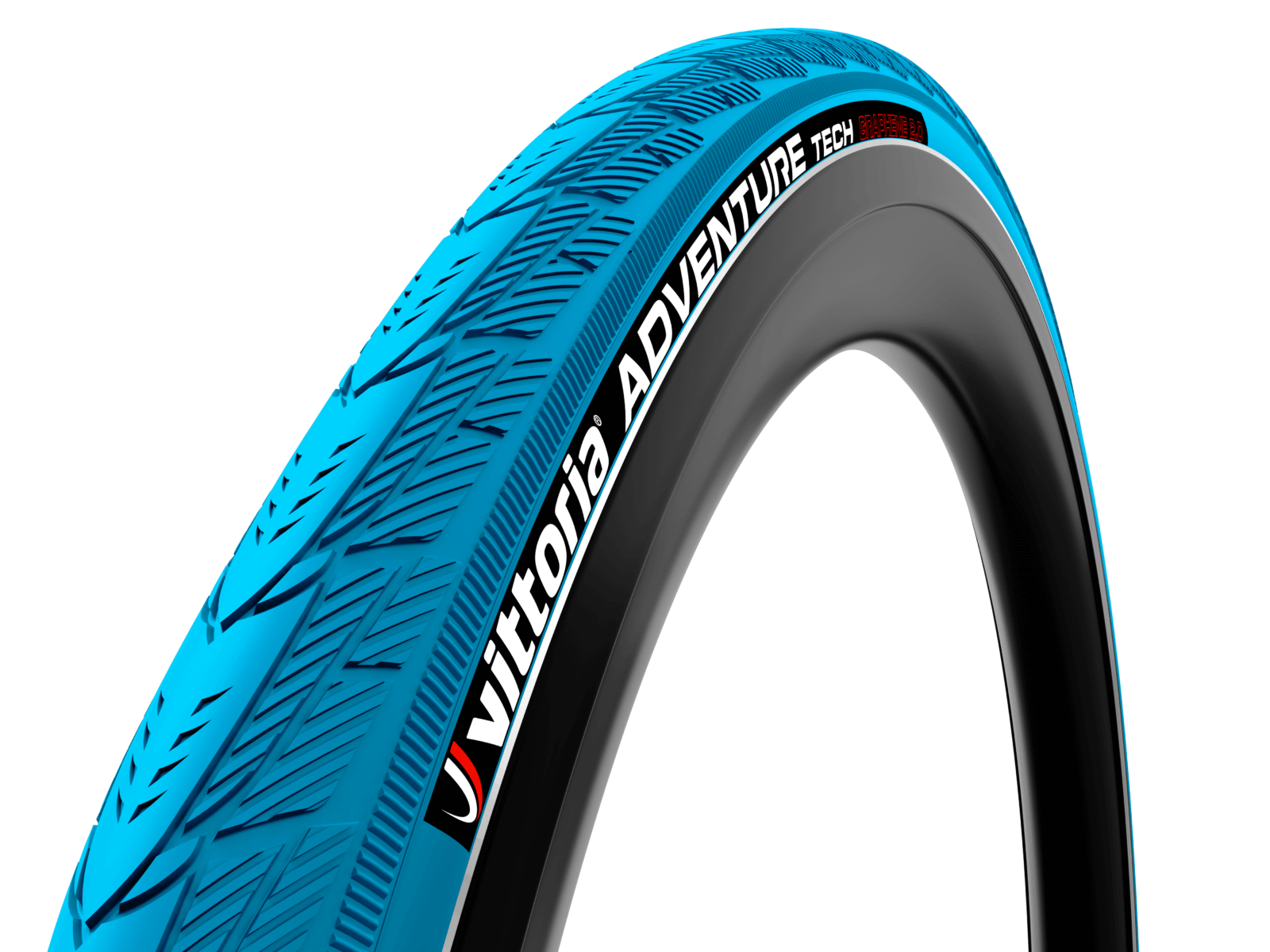
Swapfiets has taken an important step in its ambition to have fully circular bicycles on the road by 2025, now partnering with Vittoria2Go which supplies tires as a service. Made of graphene-reinforced compounds for increased grip and longevity, the Vittoria2Go tires also feature an anti-puncture layer that provides added resilience. “It’s also important to note that this partnership encourages the design of products that are durable, maintenance-friendly and easy to repair,” Hans told us. “It also creates this important feedback loop where users can share insights with the supplier, in turn driving innovation.”
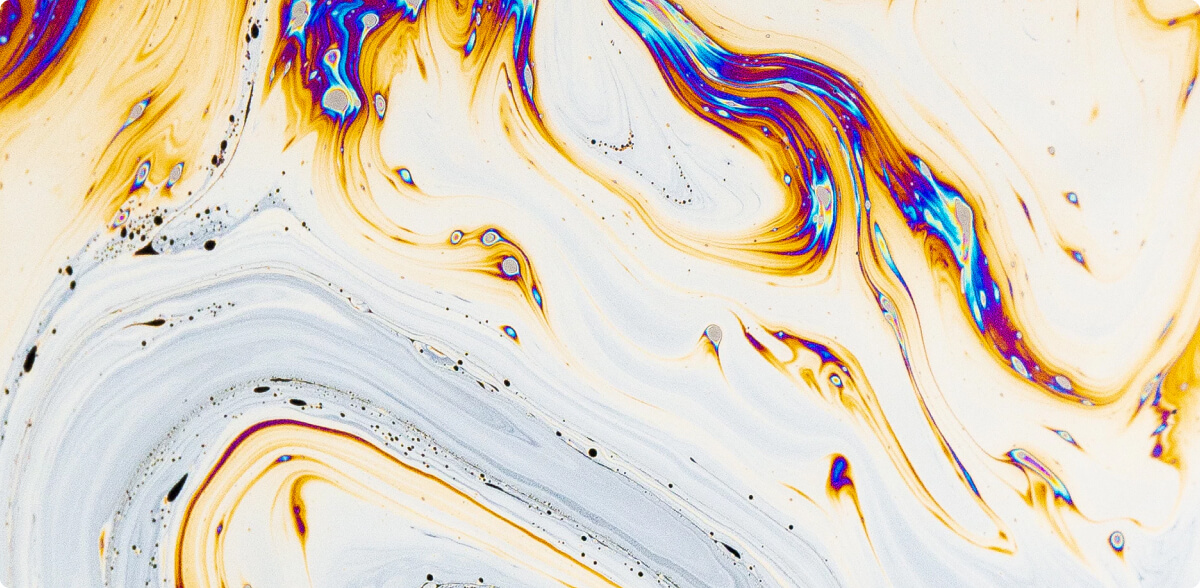
Biology Over Chemistry
Companies like Colorifix are minimizing the environmental impact of industrial dyeing by replacing chemistry with biology at every step. This includes the creation of dyes and their fixation into fabrics.
Upcycled Colors from Waste
FiberColors* uses a patent-pending technology that transforms pre-and post-consumer fashion and textile waste into upcycled colors. These colors are synthesized from at least 50% waste-based raw material, contributing to the circular economy in fashion and textiles.
Impact on Sustainability in Design
“As a CMF designer, this is really top of mind for me,” Viktorija tells us. “If we focus on developing sustainable coloring processes that minimize waste and reduce harmful chemicals, we can make a big impact on the sustainability in design of our products.”
By understanding and implementing these innovative approaches, we can significantly enhance sustainability in design.
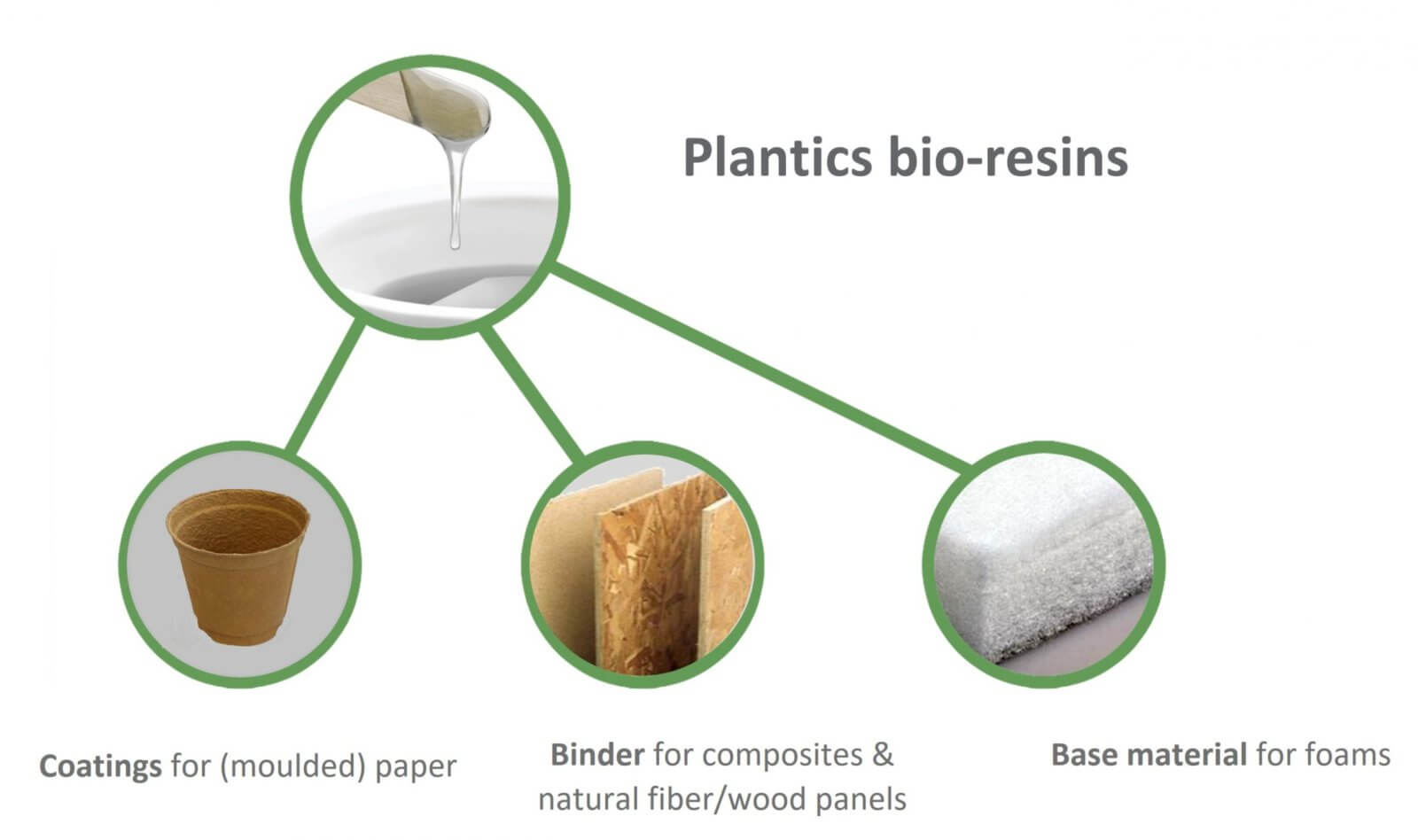
Companies like Plantics and Sustān are creating new and unique biomaterials, like bio-resins and biopolymers. Circular and produced from plants, these biomaterials are not only sustainable, but have a lot of potential applications. “Applications for some of these newer biomaterials aren’t always widely known or used, but the more designers who are aware of them and understand how they work, the more opportunities we can create to design products that integrate them,” Hans explained.
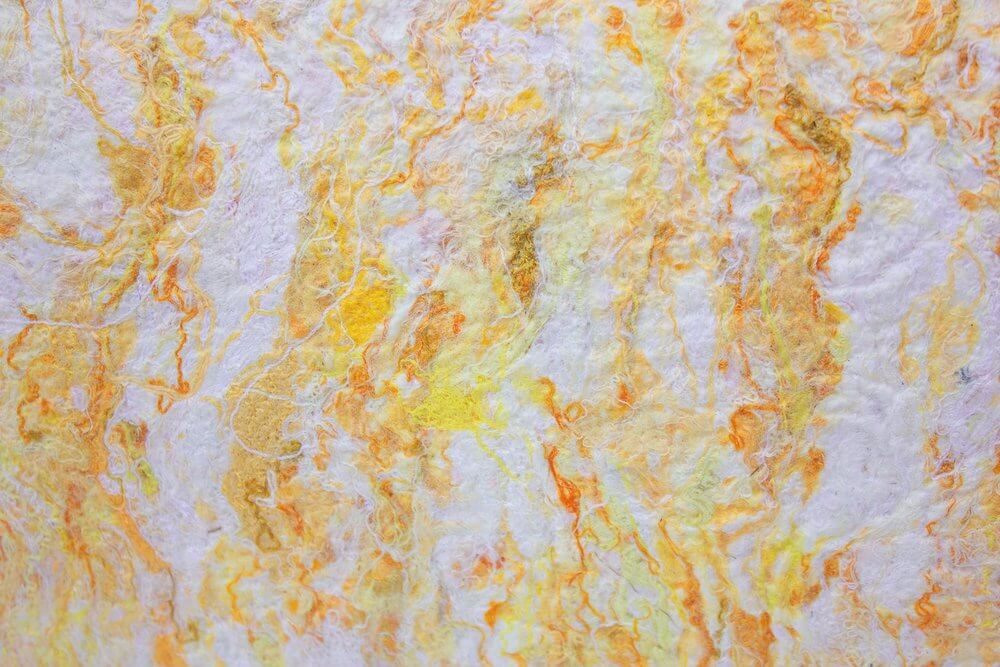
Turning Waste into Bio-Textiles
Designers Sarmite Polakova and Mara Berzina have developed a new method to create bio-textiles. They take fibers otherwise bound for incineration and turn them into sturdy materials suitable for fashion, interior, and product design applications.
A Favorite Sustainable Material
“This is one of my personal favorites because they found a completely new way to use these fibers,” Viktorija explained. “The result is this lightweight, leather-like material that showcases the previous lives of each worn garment.”
Impact on Sustainability in Design
By utilizing waste fibers, this new production method contributes significantly to sustainability in design. It provides an innovative solution to reduce waste and create eco-friendly materials.
Understanding and adopting such methods can greatly enhance sustainability in design, offering eco-friendly alternatives for various applications.
Curious about what sustainable products we can create together?
Get in touch with our team to discuss your product ideas and explore how we can integrate sustainability in design.
Happy Earth day!
